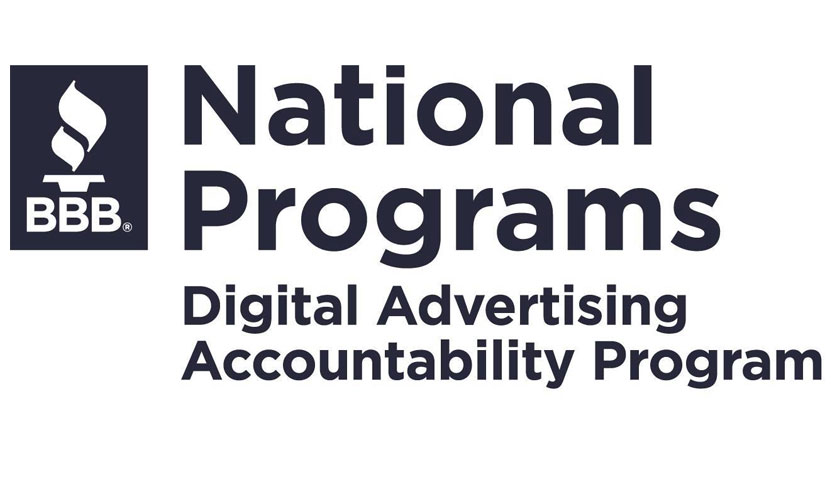Amid widespread news stories that Facebook Inc. is considering imposing a ban on political ads in the days leading up to the U.S. election in November, BBB National Programs‘ Digital Advertising Accountability Program (DAAP) today issued a report detailing how some political advertisers right now fall far short of full compliance with advertising transparency best practices, as well as a companion analysis of publicly available political ad data provided by Facebook and Google.
The Political Ads 2020 Spring Monitoring Report is the third in a series produced as part of DAAP’s Political Advertising Transparency Project, an initiative launched in partnership with the Digital Advertising Alliance (DAA), to promote digital advertising best practices for online express political advocacy through sophisticated monitoring across websites, social media, and mobile apps.
The report covers DAAP’s monitoring of campaigns’ compliance with the Political Advertising Principles, which are best practices for transparency surrounding political ads. Though many political ads contained notice and “enhanced” notice of their political nature, DAAP found that nine percent of political advertisers did not provide any kind of notice or enhanced notice that their content was an advertisement. Of the 1,071 political ads reviewed during the reporting period, just over half (54%) were found on social media platforms, a key touchpoint for reaching potential voters.
“The dual question of ‘how can you tell what a political ad is and who paid for it?’ was wrestled with a generation ago with TV, radio, and print advertising,” said Jon Brescia, Vice President, Digital Advertising Accountability Program, BBB National Programs. “While the system of disclosure via legal requirements and standard practices may not be perfect, it provides a certain level of transparency and predictability. The digital landscape, however, is growing in importance and still has further to go regarding transparency.”
Using data from the Spring Monitoring Report as the foundation, DAAP also produced A Tale of Two Platforms, an analysis of political ad spend, targeting, and transparency practices on two of the biggest online political advertising platforms, representing 78% of digital ad spend, Facebook and Google.
DAAP found that most ads in the dataset were targeted to adults over the age of 55 and to women. The exceptions are Bernie 2020, which targeted primarily a younger audience, and the Trump Make America Great Again Committee, which targeted more men.
It is critical to note that the reporting period for these data included Super Tuesday and the onset of COVID-19, which led to great variability among the political ad spend of various advertisers. The third variable was the Mike Bloomberg 2020 campaign who spent approximately twice as much as his combined fellow democratic primary candidates and as can be seen in the report, skewed weekly ad spend reporting.
While both Facebook and Google provide public access to their advertising data libraries, the data available within each library and the way it is accessed are quite different. For instance, Google’s data is easy to retrieve, available via downloadable CSV files, whereas Facebook’s dataset requires several levels of review before being able to access their ad library’s Application Program Interface (API).
And where Google’s dataset is incredibly precise for weekly ad spending data, rounded to the nearest $100, Facebook’s data instead offers broad spending ranges ($100–$199).
Finally, when comparing geographic and demographic data, Facebook’s data library is much more specific, providing percentages of impressions for each region and demographic associated with the ad.
Access the Spring Monitoring Report here and the Tale of Two Platforms report here.
Since its creation, DAAP has issued more than 100 actions enforcing consumer privacy in digital advertising and has built a reputation for transparency and fairness. To learn more about DAAP, the DAA’s Political Advertising Principles, or the Political Advertising Transparency Project, visit BBBprograms.org/DAAP.
